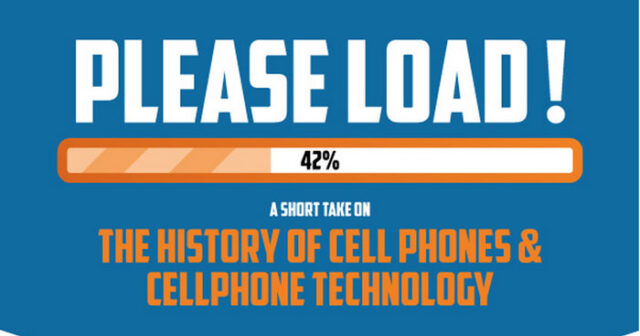
iPhone 6, HTC One, Samsung Galaxy series, we must admit that cell phone technology is expanding really fast. But, do you know how all of that started? Most people don’t know anything about the history of the phones we have today but it can be useful to know something about it. In the next few paragraphs you will learn everything about the history of cell phones.
The history of cell phones
The history of cell phones can be divided into four category of phones:
- 1G phones
- 2G phones
- 3G phones
- 4G phones
1G phones
So, let’s start with the first generation. 1G phones were analogue mobiles and they presented a revolution in the field of communication. First telephone network was built in 1977 by the company named Bell. This network was based on 10 radio stations. After that we saw AMPS (American Advanced Mobile Phone System) that presented a great improvement over the first network and it used different frequencies that allowed easy communication between two people. Telephone network in Europe was first developed by NMT (Nordic Mobile Telephony). Their first network is known under the name NMT-450 and it used frequency of 450 MHz. Five years later, in 1986, they presented another network known as NMT-900 that used 890-960 MHz as its frequency. Since then, mobile networks and cell phones developed really fast and over 100,000 people just in UK were connected to mobile network. Phones were different than today and they were mainly used for receiving and giving phone calls. Until 1996 this first generation of cell phones developed a lot. Main improvements were smaller dimensions and longer battery time. Some of the best 1G phone models in that time were:
- Nokia Mobira Talkman – this phone was the first phone on the world that was easy to transport. It was released in 1984.
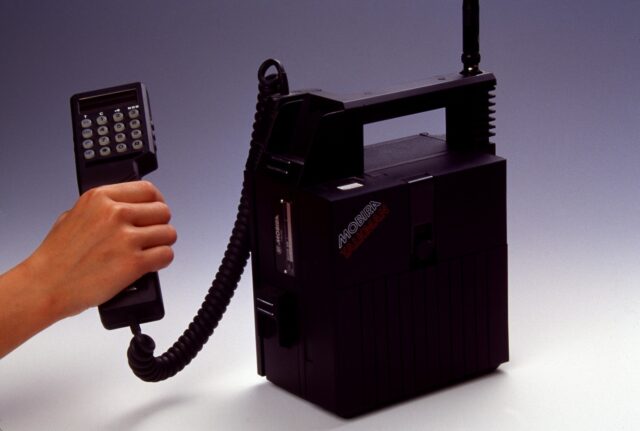
- Motorola 8500X – great Motorola phone of first generation of phones was released in 1987 and it was very popular phone all around the world. There was a display that showed a telephone number and lots of other features that presented a real innovation back then.
- Motorola FlipPhone 2 – this phone was a great hit among users because it offered innovative flip design and a place for 10 numbers to be stored. Signal strength was largely increased and dimensions were small for that time. It was launched in 1994.
- Nokia RinGo – this nice Nokia phone was released in 1997 and it was one of the last cell phones of first generation every launched. It included some basic features but its main advantage was simplicity.
I don’t think anyone could imagine what revolution was started with this first generation of cell phones. They continued to develop and then we got phones that used GSM networks and those are phones that go into 2G category.
2G phones
Like I mentioned above, these phones are also called GSM mobiles and in this time countries used their own network systems. For example, UK used TACs and ETACs standards, countries in Scandinavia used NMT standards, Germany used C450 standards and France network was based on Radiocom 2000. GSM (Groupe Special Mobile) was a group made by CEPT and its goal was to make a standard system which will be used in all countries in Europe. GSM developed a lot and in 1991 a first GMS call was made by Finnish Minister and with Nokia phone. Finnish network also became the first GSM network. First GSM phone that was approved was Orbitel TPU900 but it wasn’t very successful. In 1992 Motorola launched their own GSM phone called Motorola 3200 and later the same year Nokia also launched their own GSM phone called Nokia 1011. SIM card was used as an identity of GSM users and it became standard that is used today. There were lots of GSM cell phones that developed from 1992 to 2006, here are some of them that were the most successful:
- Nokia 1011 – we start the list with one of the first GSM phones ever made. This phone maybe isn’t exactly the first GSM phone, but it is the first phone that was mass produced.

- Motorola Micro-TAC 5200 – micro-TAC version of analogue cell phone vas very successful so Motorola decided to make GSM version of the same phone. It was launched in 1994 and it presented an introduction of Motorola to GSM cell phones battle.
- Nokia 3310 – this legendary phone was launched in 2000 and it was probably the most popular GSM phone ever made. Some sources say that Nokia 3310 was sold in over 126 million copies. It had lots of different innovative features, some games and it was pretty much indestructible.
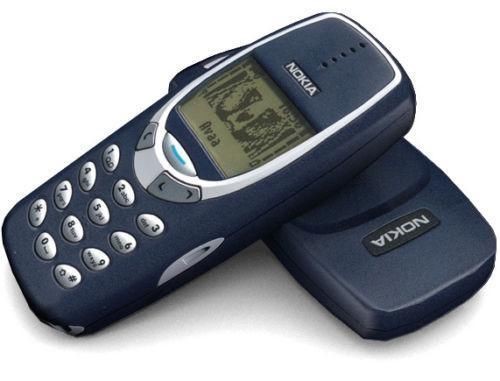
- Motorola MotoFone F3 – this was the last GSM phone made, released in 2006. IT was very cheap and it came with large battery but a pretty small number of features.
After that the revolution continued and we got smartphones.
3G phones
First 3G network was launched in Japan by NTT DoCoMo network provider. There was a need for faster services because of large number of new phones and larger internet needs of users. 3G network offered faster data transfer, better web browsing, a possibility of sending videos and large number of pictures over data network and much more. 3G network had speed of 2,000 kbps. With 3G networks we got a lots of new features and mobile phones. For example, Sony Ericsson T39 was the first phone with Bluetooth. In third generation of phones we also got iPhone, back in 2007.
After 3G networks we got 3G+. This network was pretty much the same as 3G, but also a little faster. In this generation of cell phones over 50% of people in Europe and America got their own phone. Some of the best phones we got during 3G and 3G+ phones generations are:
- Motorola Droid 3 – this phone was released in 2011 and it had 1GHz dual-core processor with 8MP camera fast graphic processor.
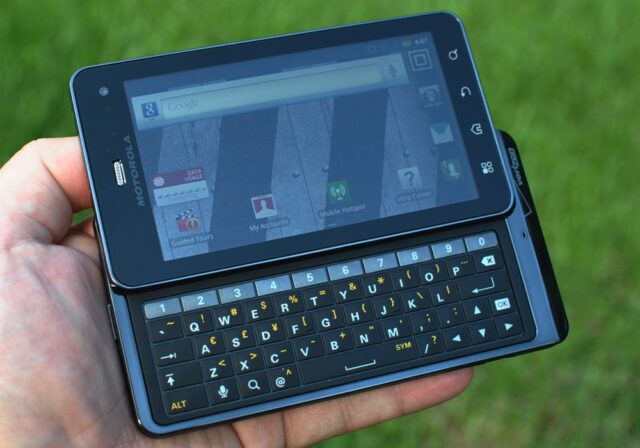
- Samsung Galaxy Nexus – a Samsung phone from Galaxy series released in 2011 was the first phone to run on Android Ice Cream Sandwich OS. It came with 1.2GHz dual-core processor and HD Super AMOLED display.

- Apple iPhone 4 – a new Apple iPhone released in the same year as Droid 3 and Galaxy Nexus presented a large improvement over its predecessors. It came with iOS 5 operating system, Siri voice assistant and a powerful dual-core A5 processor along with 8MP camera.
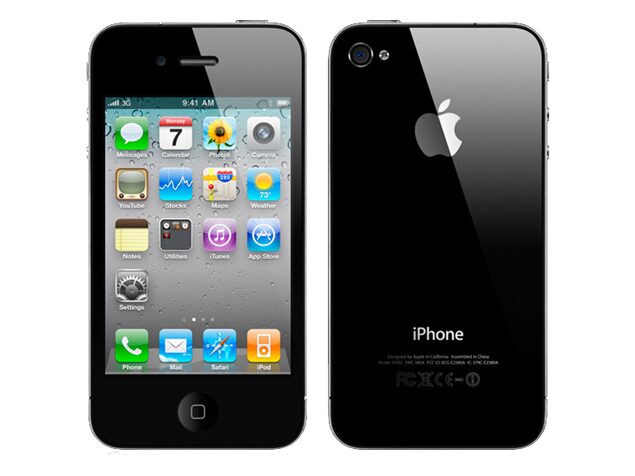
- Sony Xperia P – this phone was released in 2012 and it came with qHD display made with Sony WhiteMagic technology. It came with dual-core chipset, 8MP camera and 1GB of RAM.
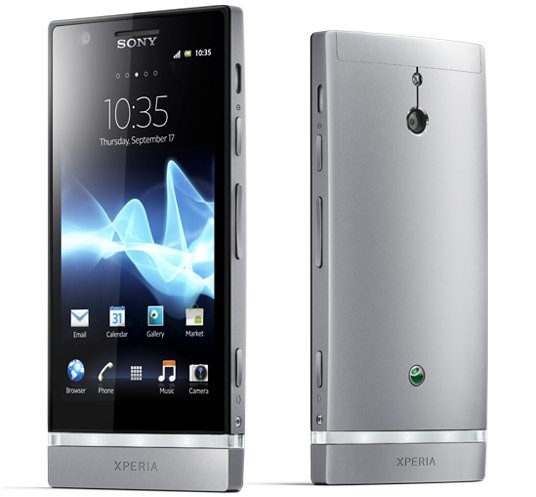
- HTC Nexus One – Google phone released in 2010 was a great improvement over other smartphones on the market at the time. It had some powerful features, large battery and it could work with 3G networks of most European and Asian providers.
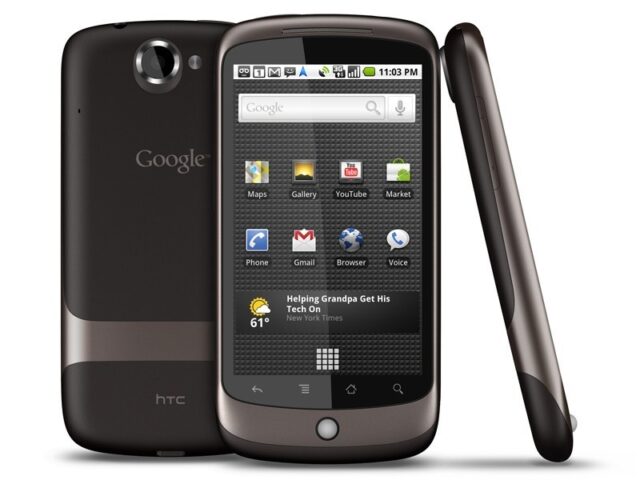
4G phones
And today we have 4G network and most powerful and fastest phones so far. So we will take some time to explain what 4G actually means. This technology allows all users to download any content at a high speed and the term 4G refers to fourth generation of mobile network technology. In most large countries 4G was released back in 2012 but it became more and more used in the years behind us. Most smartphone users still use 3G networks but that should change in the next few years. The main advantage of 4G is, as I already said, its speed. For example, 3G phone can reach the maximum speed on internet of 21Mbps and that speed with 4G phone can reach 300Mbps but that is the maximum number. Currently most of the providers offer speed between 40Mbps and 200Mbps. On the other hand, 4G phones and 4G contracts are lot more expensive than 3G but you get faster speed and lots of possibilities. All those “flagship” phones you see offer 4G but you can also find it on some other phones with lower price. Some of the best 4G phones you can buy currently are:
- Samsung Galaxy S6 Edge – S6 Edge is probably the best phone you can have right now, unless you are Apple fan. This phone runs on octa-core Samsung chip and it comes with 3GB of RAM, 16MP back and 5MP front camera. You can also choose between 32GB, 64GB and 128GB of memory.
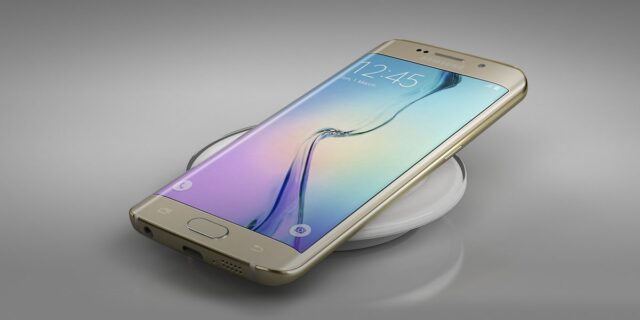
- Apple iPhone 6 Plus – this model is the latest one from Apple and it is currently the best. You get 64-bit dual-core processor, 8MP camera, and full HD display with the resolution of 1080 x 1920.
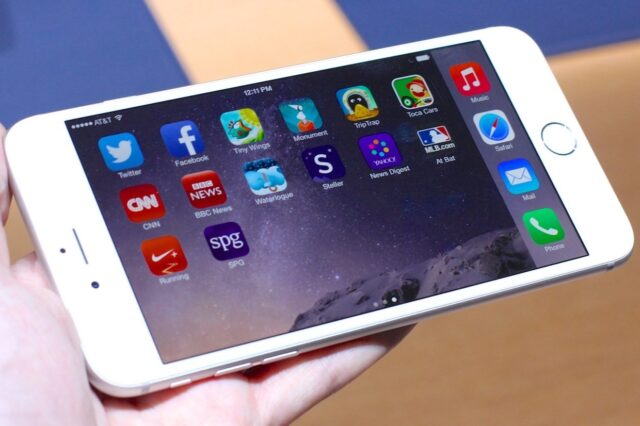
- LG G4 – this is maybe the most underrated phone currently. LG G4 is amazing, it comes with full HD display, 64-bit hexa-core Snapdragon processor and 16MP back camera. You also get 32GB of internal memory and 3GB of RAM memory.
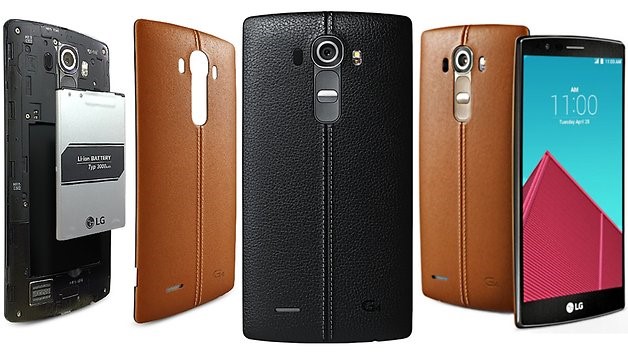
- HTC One M9 – HTC always produced great smartphones and One M9 is also great. It comes with great 20MP camera, powerful Snapdragon 810 chipset and 3GB of RAM. One M9 also comes with Dolby surround sound and BoomSound speakers.
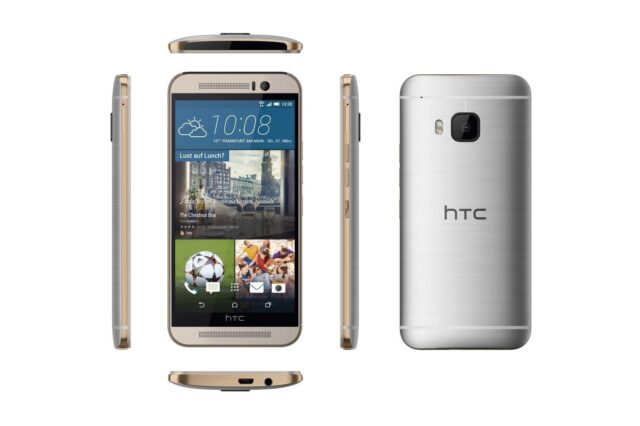
- Sony Xperia Z3+ – the last phone that deserved its place on this list is Sony Xperia Z3+. This phone looks like the Z3 model but it is more powerful because it comes with 64-bit Snapdragon 810 chipset, 3GB of RAM and Adreno 430 GPU. Back camera is 20.7MP and front is 5MP.
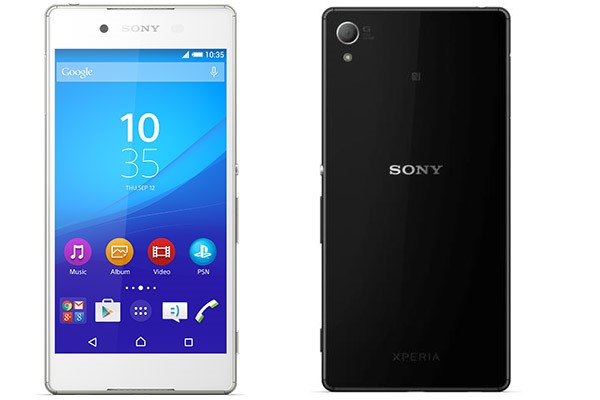
And that’s it, a brief history of cell phones and short description of all four cell phones generations. Check out the infographic below to find out more:














